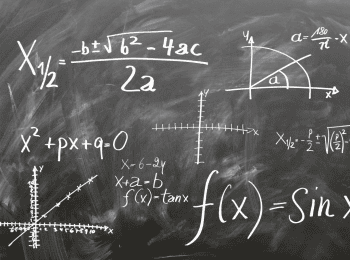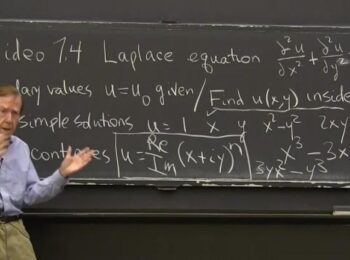Polynomials are algebraic expressions that have a higher degree than the standard x + 3 or y – 2. A polynomial refers to anything with a degree, or highest exponent, above 2, but usually means at least 4. Some of the polynomials you’ll see most often are cubic polynomials or expressions with a cube as their highest variable.
We’ll go over some ways to factor cubic polynomials, but first, let’s review what these are.
What is a Polynomial?
A polynomial is any expression that has multiple terms in it. Terms are variables or numbers such as x2, 3x3, and 5. In algebraic expressions, you don’t know what the variables represent so you can’t add them. You can only add or subtract terms that have the same degree and the same variable. For example, you could subtract 5x from 8x, but not from 8y.
Therefore, an important part of learning how to factor cubic polynomials in calculus and other forms of math is learning how to simplify.
Simplifying Cubic Polynomials
The first thing to remember is that not all polynomials can be factored. Many if not most of them, can, but there are a few that have no roots at which x is equal to zero. However, most polynomials can be simplified into a single expression multiplied by a quadratic expression. For example, you might see (x2 – 2x +4)(x + 3).
It’s even possible that the quadratic equation can factor further, but we’ll get to that later. The first step to factoring a cubic polynomial in calculus is to use the factor theorem.
The factor theorem holds that if a polynomial p(x) is divided by ax – b and you have a remainder of 0 when it’s expressed as p(b/a), then ax – b is a factor. It’s a roundabout way of saying that if an expression divides evenly into a polynomial, then it follows that the expression is a factor.

One way to factor is to set the expression to equal 0, and then substitute various values of x until the equation is satisfied. Once you do that, you can determine that one of the factors is (x – whatever the number is. If it’s a negative, the expression would instead be x + the number. Subtracting a negative is the same as addition. Bear in mind that this is for only one factor.
The degree of an expression directly indicates how many factors it has. An expression leading with x2 has two factors.
Factoring with a Constant
If your polynomial contains a constant – that is, not a variable – you can sometimes factor it using that number. If the constant has no factors other than itself and one, this makes your job a little harder, but not impossible. The defining factor as to whether this is a solution is whether setting the expression equal to 0 results in a true statement.
To start, rewrite the expression as an equation that equals 0. Then, look at your constant. Start by taking the first factor of the constant, which is always going to be 1. For example, if you have the expression x3 – 3×2 – 10x + 24 = 0, you can assume that the factors are +-1, 2, 3, 4, 6, and 12.
Check both positive and negative results, because negative numbers require opposite signs and any of them could be the solution. Place each term in the equation one by one until you get as many true statements as possible:
You might be wondering about checking negative factors for a positive constant. In a cubic polynomial, this is impossible because you have three possible factors. Only three positives can result in a positive result.
Uses of Polynomials
When learning how to factor cubic polynomials, it helps to think of real-life applications. One of the most pervasive in modern life is the way our electricity functions. Alternating current, which powers our homes, constantly fluctuates in voltage and current. The function used for this is described as a sine wave, which is expressed as a polynomial.
Any type of curved function, such as the curve of a roller coaster, is expressed as a polynomial. Most often, you’ll have computers to help graph the difficult equations, but knowing the basics can help you understand the concepts.
Final Thoughts
The methods we’ve listed are just a few ways you can solve cubic polynomials. Note that not every expression can be factored. For example, if you have a polynomial with no solutions when you attempt to solve for zero, you can conclude that it never touches the x-axis. The graph of a cubic polynomial, however, may have three possible solutions, or two places where it curves.






